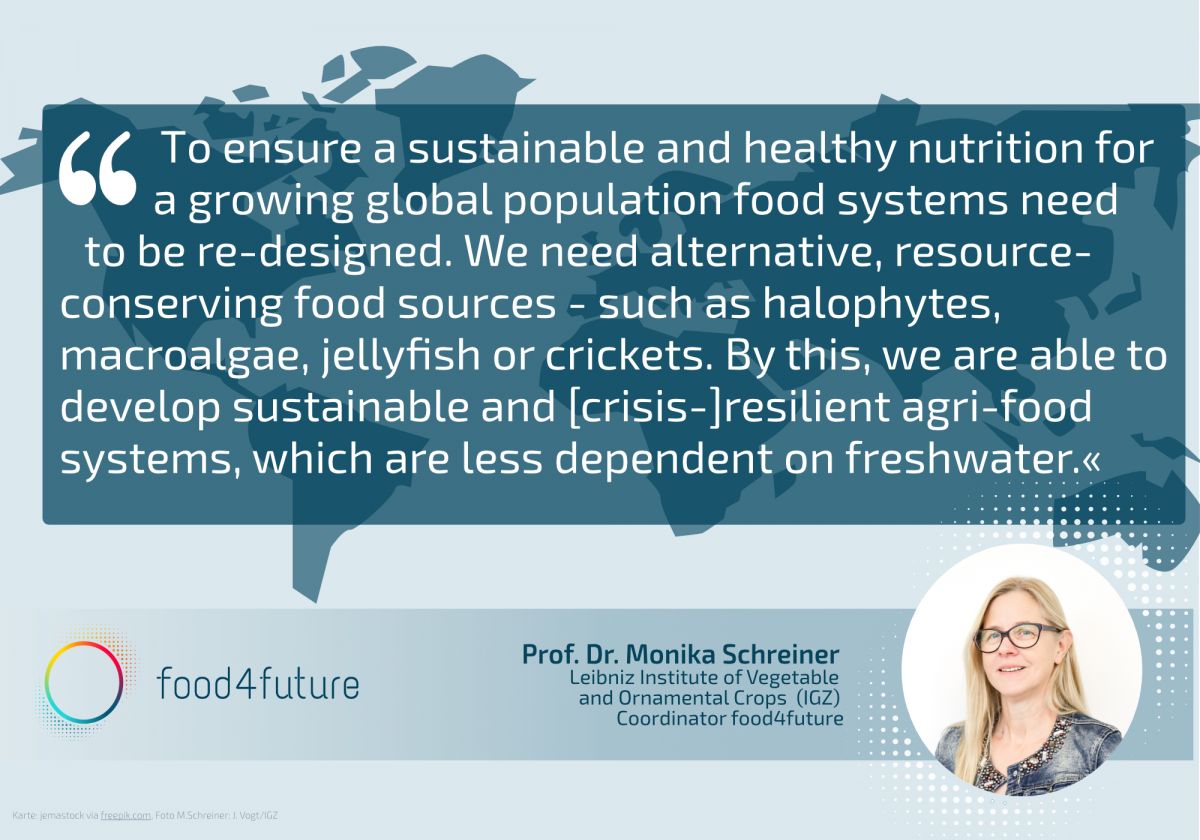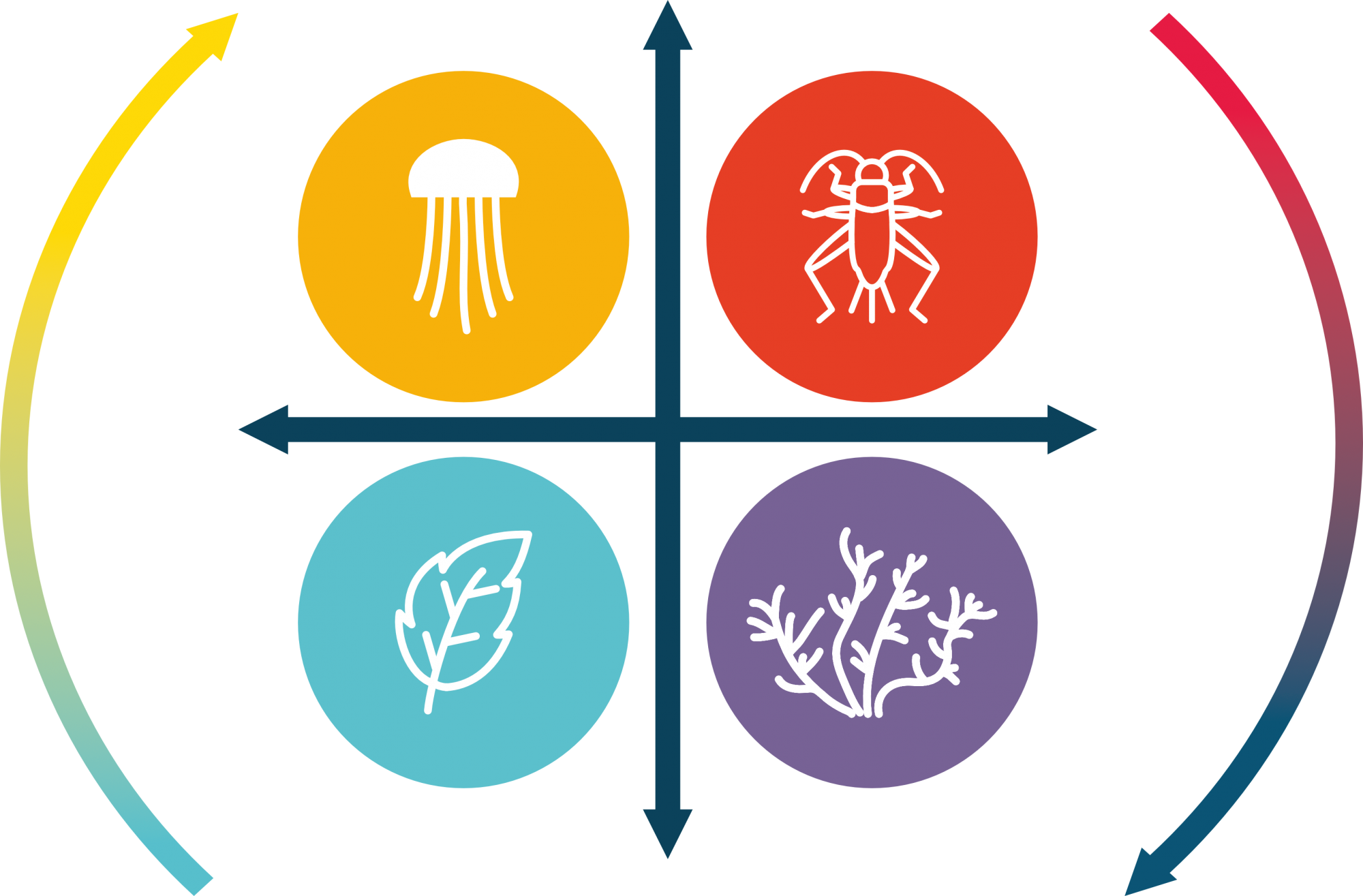food4future - Food for a Sustainable Future
How food4future contributes to meet the challenges for sustainable food systems on the occasion of this year’s World Food Day
16.10.2020
Today, billions are dependent on low quality diets - malnutrition is also prevalent in industrialised countries
To provide healthy and sufficient nutrition and a “clean” agricultural production are currently the most pressing challenges we are facing today, which drastically impacts humanity worldwide: two billion people still consume low-quality diets giving rise to micronutrient deficiencies not only in poor societies, but also in industrialized countries. This problem is amplified by mostly unsustainably produced food as well as food waste and loss along the food production chain. The United Nations expects that by 2050 the world population will reach 9.7 billion, which will in turn also significantly increase the demand for food1. Connected with the increasing world population, there is a clear trend towards urbanisation. Since 2007, the number of people living in cities is higher than in rural areas, and forecasts anticipate that by 2030 60% of the world population will live in an urban environment - for Europe, urbanisation rate is expected to be even 80%2.
The access to a sufficient amount of healthy, safe and nutritious food for all is negatively impacted by this urbanisation trend, by climate change effects, weather extremes, loss of arable land and unsustainable food production systems. Intensified food production is enforcing concentration on only a few cash crops with currently only nine plant species accounting for 66% of total food crop production thus promoting a loss in biodiversity3. These aspects combined with armed conflicts or economic shocks causing instability of societies have made the current food production systems less resilient. The current COVID-19 crisis only intensifies the situation and makes the vulnerability of the globalised interconnected food production chains more apparent.
Already before COVID-19, more than 2 billion people did not have regular access to safe, nutritious and sufficient food or were simply threatened by acute hunger. Today, more than 820 Million people suffer from hunger with the trend sadly increasing under the impression of the pandemic4. Acute hunger is one of the pillars of the “triple burden” of malnutrition we currently face: Industrialised countries as well as emerging economies are strongly impacted by food and nutrition-related diseases, i.e. micronutrient deficiencies and severe health problems caused by overweight and obesity, which represent still one of the biggest burdens in the health care systems worldwide.
Resilience against shocks,nutritional security and safety, disruptive innovations are desperately needed to transform our food system in order to achieve global food sustainability,. The innovative solutions must encompass the entire value chain, including production, processing, logistics, retail and, finally, the consumer. A shift towards a circular economy reducing food waste and loss along the food supply chains by cascade use of deployed resources is needed to “make more with less” in order to produce within the planetary boundaries.


